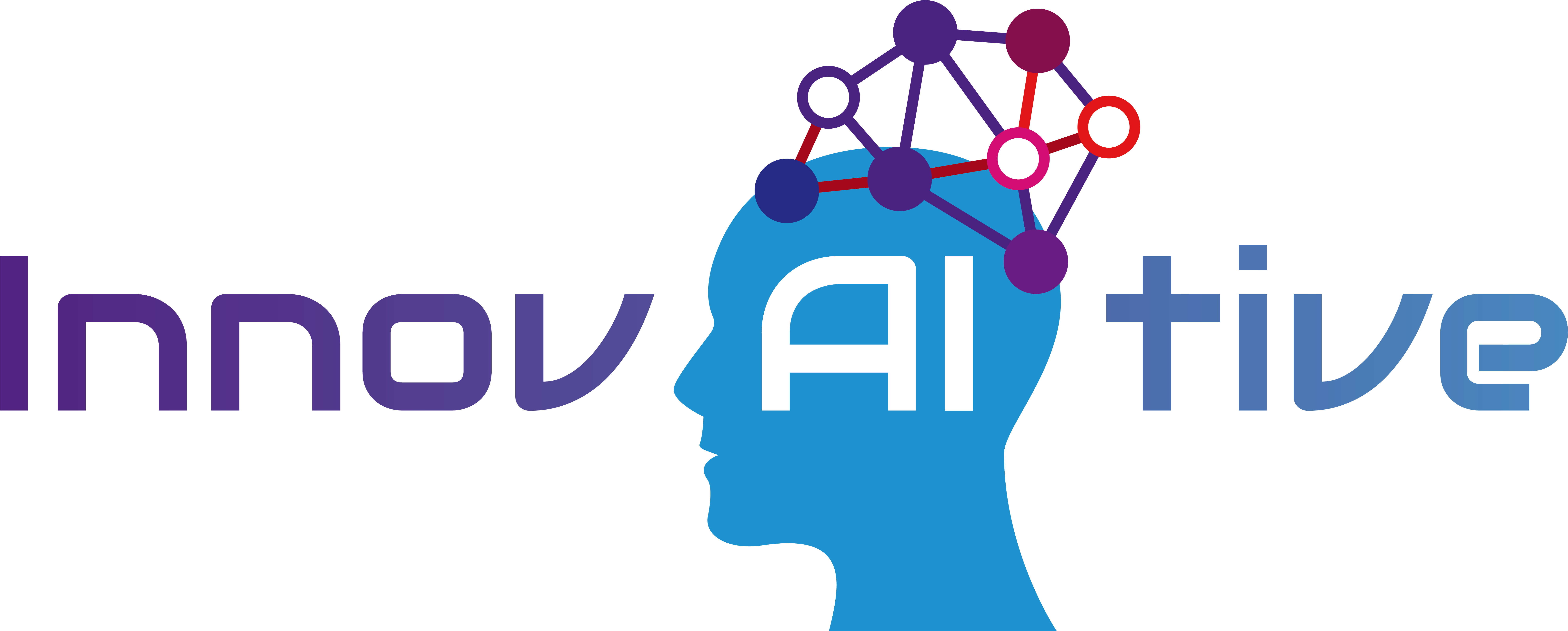In today’s digital age, a compelling online presence is not just an option; it’s essential for success. The rapid evolution of technology and the internet has drastically altered the way businesses interact with their customers, partners, and investors. Companies must leverage digital platforms effectively to maintain visibility and competitiveness. However, many organizations struggle to effectively communicate their value and engage with stakeholders in a crowded tech landscape. This article outlines our vision for the Innov-AI-tive website, highlighting its role in fostering engagement, investment, and partnerships.
The Importance of a Strong Digital Presence
A strong digital presence is paramount in establishing brand recognition and credibility. Studies indicate that 75% of consumers admit to making judgments about a company’s credibility based on its website design (Source: Stanford University). In the world of technology, where innovation is crucial, a well-designed website can attract and retain stakeholders.

A robust online platform serves not only as a first impression for potential partners and investors but also as a living document showcasing the growth and potential of a company. For instance, companies like Tesla and Apple have harnessed their websites effectively to communicate their vision and attract investments, using sleek designs combined with rich, engaging content.
Moreover, research from HubSpot shows that companies with optimized websites see significantly higher user engagement rates. Websites designed with user-centric principles can increase traffic by up to 100% and improve conversion rates. This demonstrates that an effective digital presence enhances stakeholder engagement, ultimately leading to increased investment opportunities.
Our Vision for the Innov-AI-tive Website
The Innov-AI-tive website is not just another company site; it’s a digital manifestation of our ethos and mission. Our primary goals for the website include promoting transparency, facilitating stakeholder engagement, and showcasing our latest innovations in artificial intelligence technology.
The website aligns with our overall mission to make cutting-edge technology accessible and beneficial for businesses across various industries. By intertwining our values of innovation and user empowerment throughout the site, we aim to reflect our commitment to advancing technology for all. The Innov-AI-tive website will act as a digital hub, showcasing thought leadership in AI development while also providing a platform for collaboration and idea sharing among industry professionals.
Key Features of the Innov-AI-tive Website
To achieve our vision, the Innov-AI-tive website will incorporate several key features designed for optimal user interaction:
- User-Friendly Navigation: Our website will be structured with intuitive navigation, allowing users to find relevant information quickly without frustration. We will implement a clean layout that guides visitors through our services, projects, and partnership opportunities.
- Robust Content: Featured content will include case studies, success stories, and detailed descriptions of ongoing projects. This will provide potential investors with insight into our operations and the viability of our solutions.
- Interactive Elements: Incorporating interactive components, such as forums and feedback forms, will encourage user engagement. Visitors will be invited to participate in discussions, share their experiences, and provide feedback on our services and content. This fosters a collaborative environment that enhances community involvement and builds loyalty.

Commitment to User Experience and Design
Aesthetic design plays a crucial role in reflecting our innovative spirit. The Innov-AI-tive site will feature a modern and dynamic design that captures the essence of technological advancement. We understand the importance of mobile optimization and accessibility, ensuring that our site is user-friendly across all devices, which is vital considering that mobile devices account for over 50% of web traffic (Source: Statista).
User testing will be an ongoing process. We are committed to integrating feedback from our audience to continually refine our website’s features and user interface. This iterative approach will help us meet our users’ needs while maintaining a fresh and engaging site.
The Path Forward: Attracting Investment and Partnerships
The Innov-AI-tive website will serve as a vital tool to attract potential investors and partners. By presenting our innovations effectively, we aim to communicate our value proposition clearly. For example, companies like Microsoft have significantly bolstered their investment endeavors through compelling online narratives that showcase their technology’s real-world impact.
Additionally, our website will feature case studies from tech companies that have seen substantial returns from investment, illustrating the potential growth opportunities for our stakeholders. Future updates will include growth metrics, upcoming projects, and partnerships to maintain momentum and keep our audience informed.
Conclusion
The Innov-AI-tive website represents our commitment to innovation, user experience, and investment attraction in today’s digital landscape. As we prepare to launch, we invite you to be a part of this exciting journey towards technological advancement.
Visit our launch page to explore the new website, engage with our content, and join us as we shape the future of technology!




















